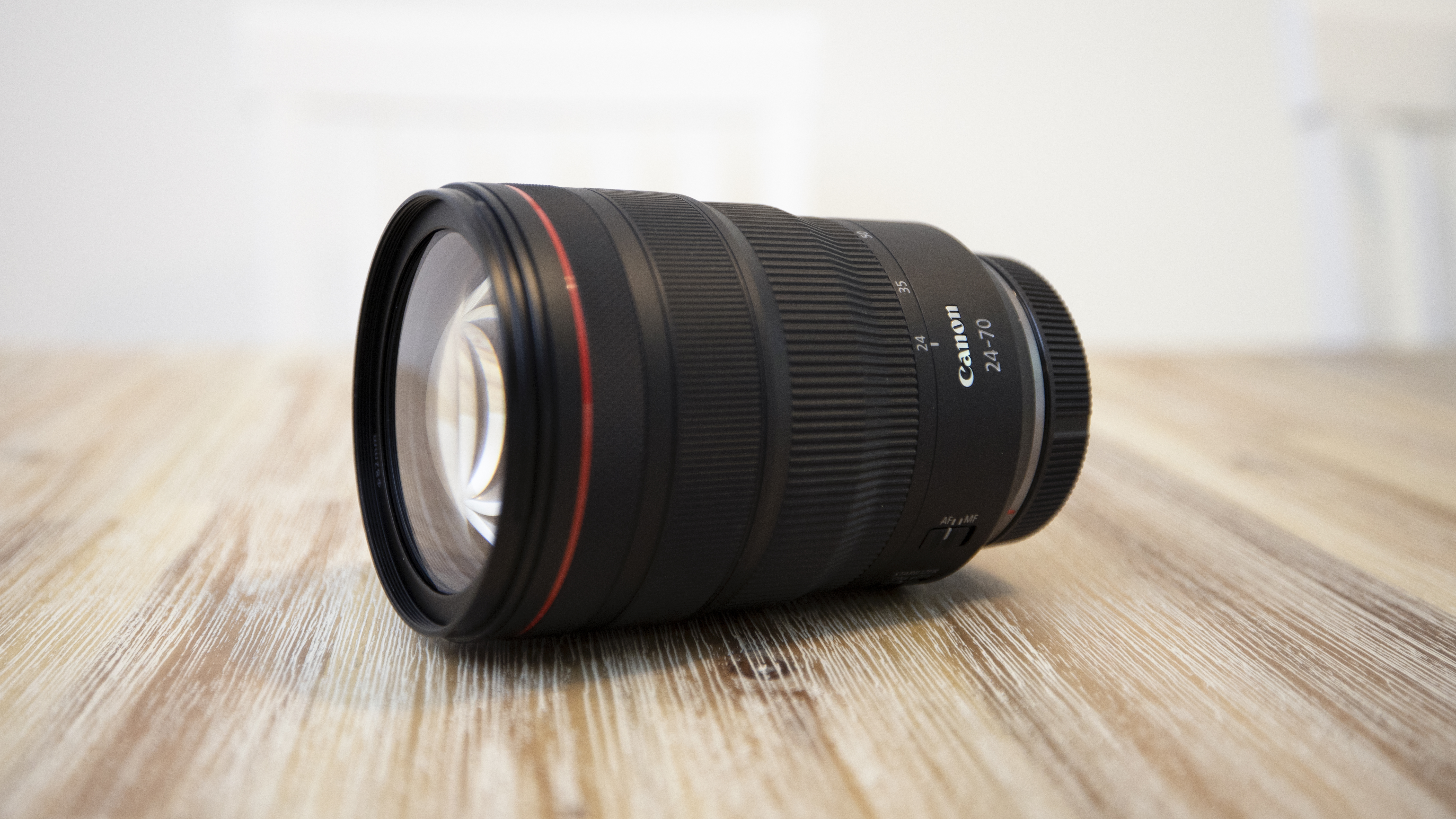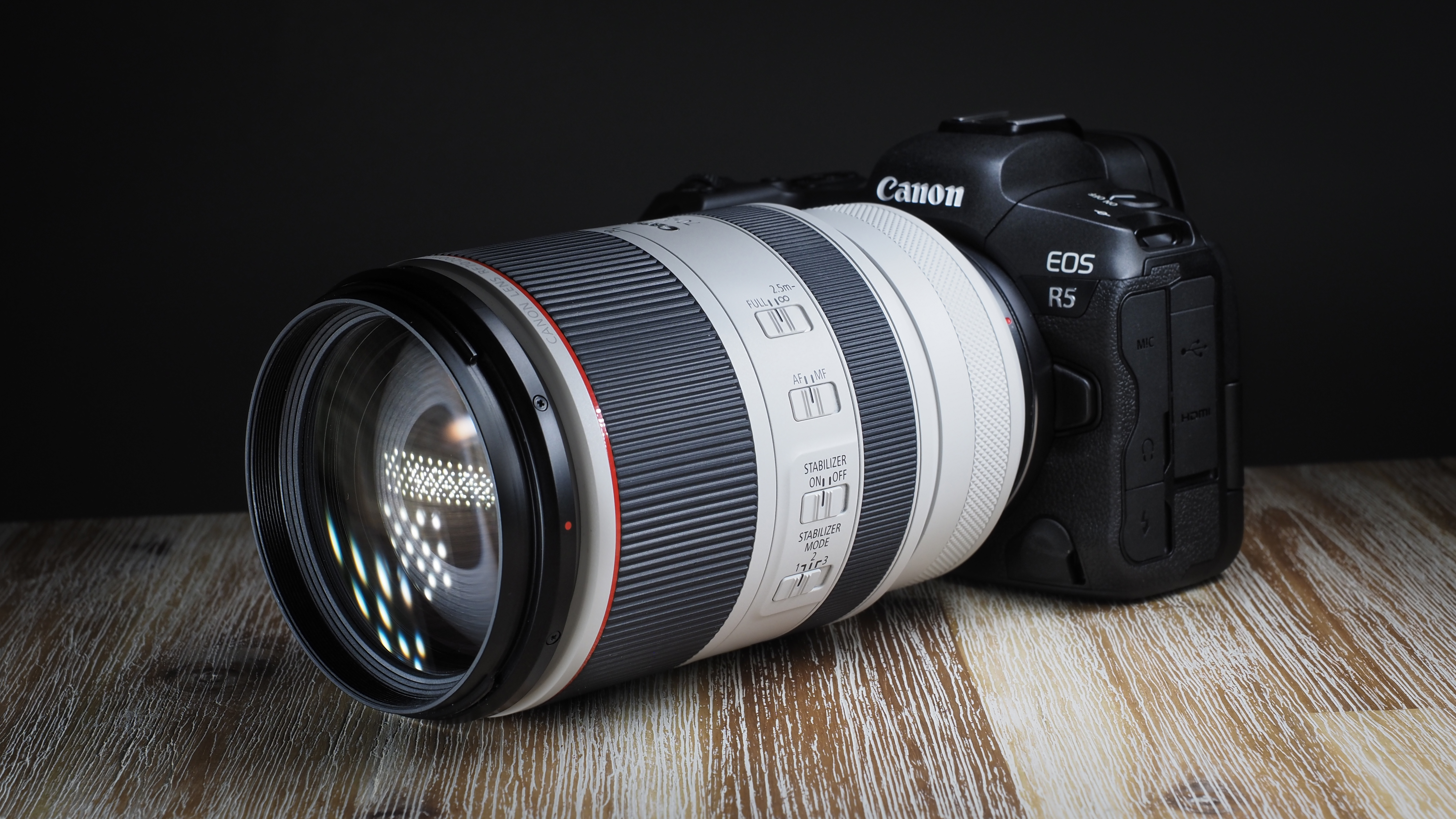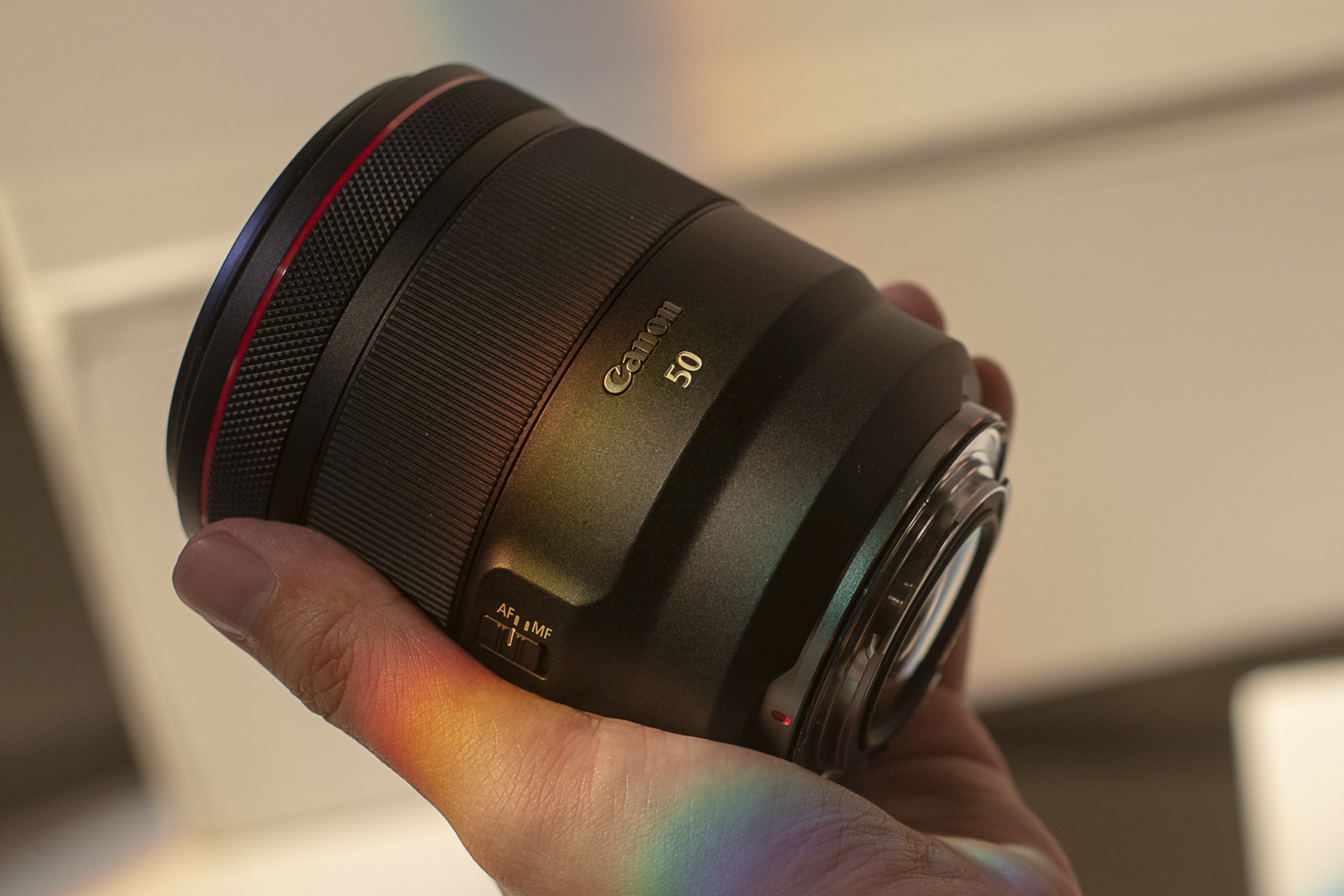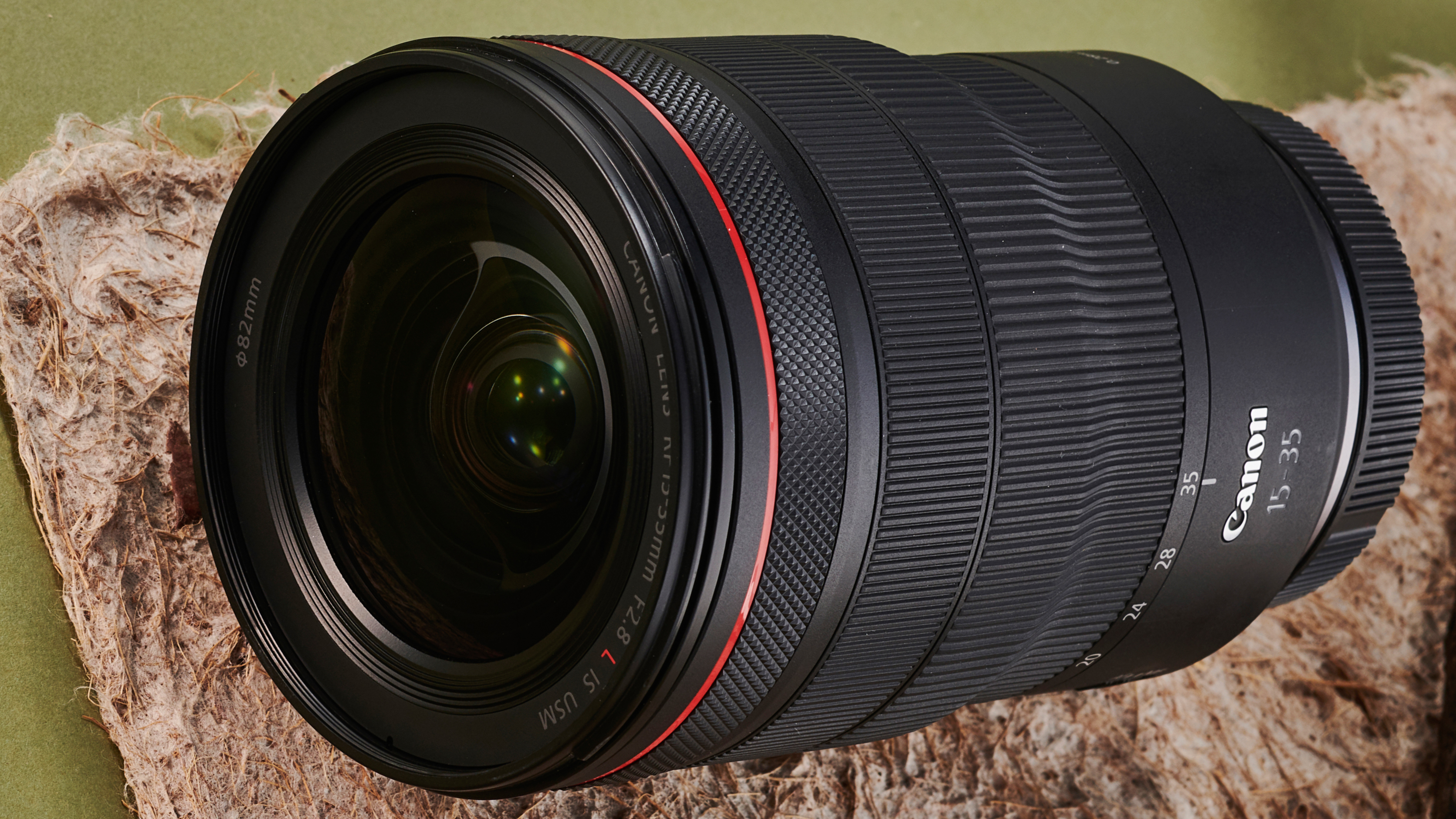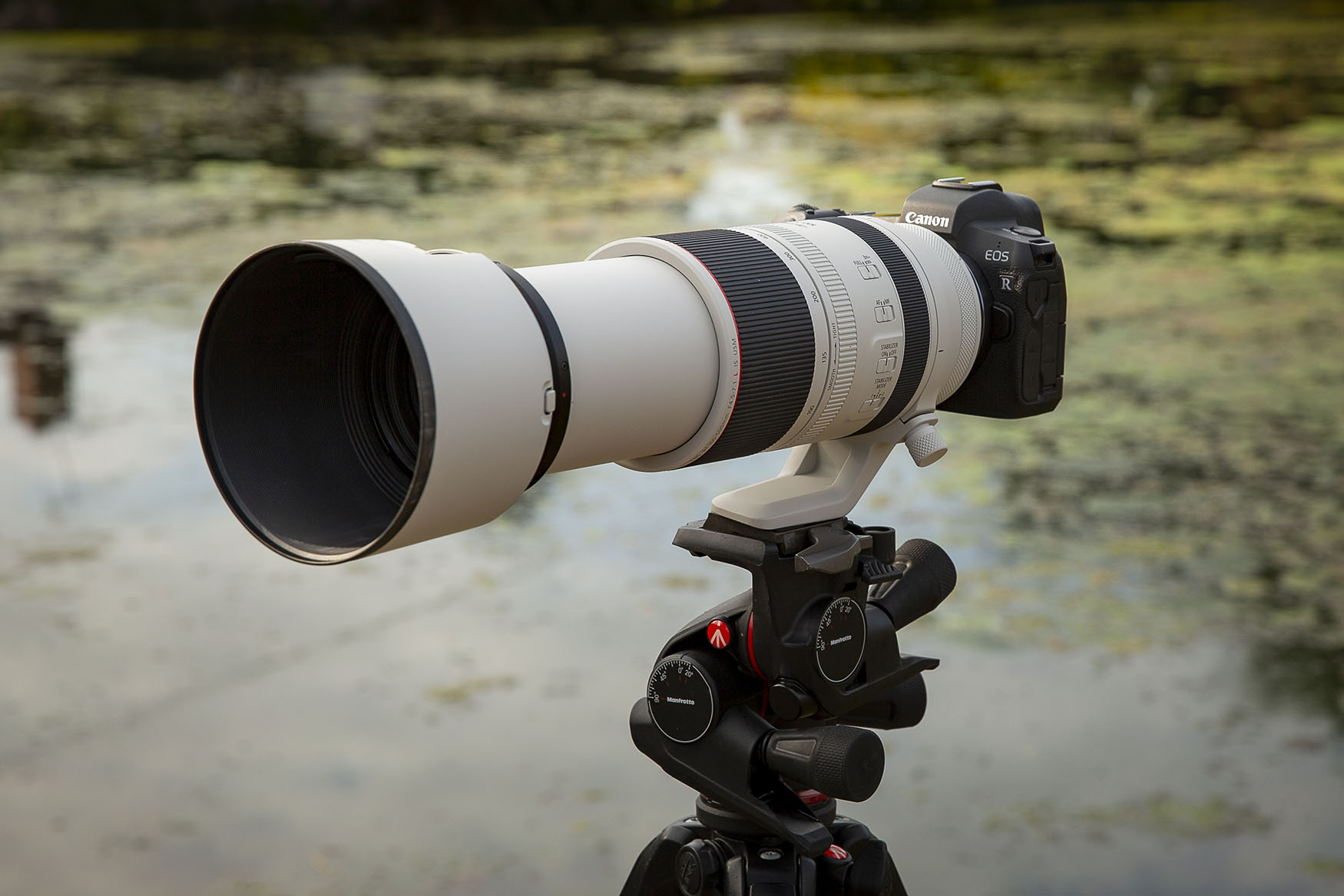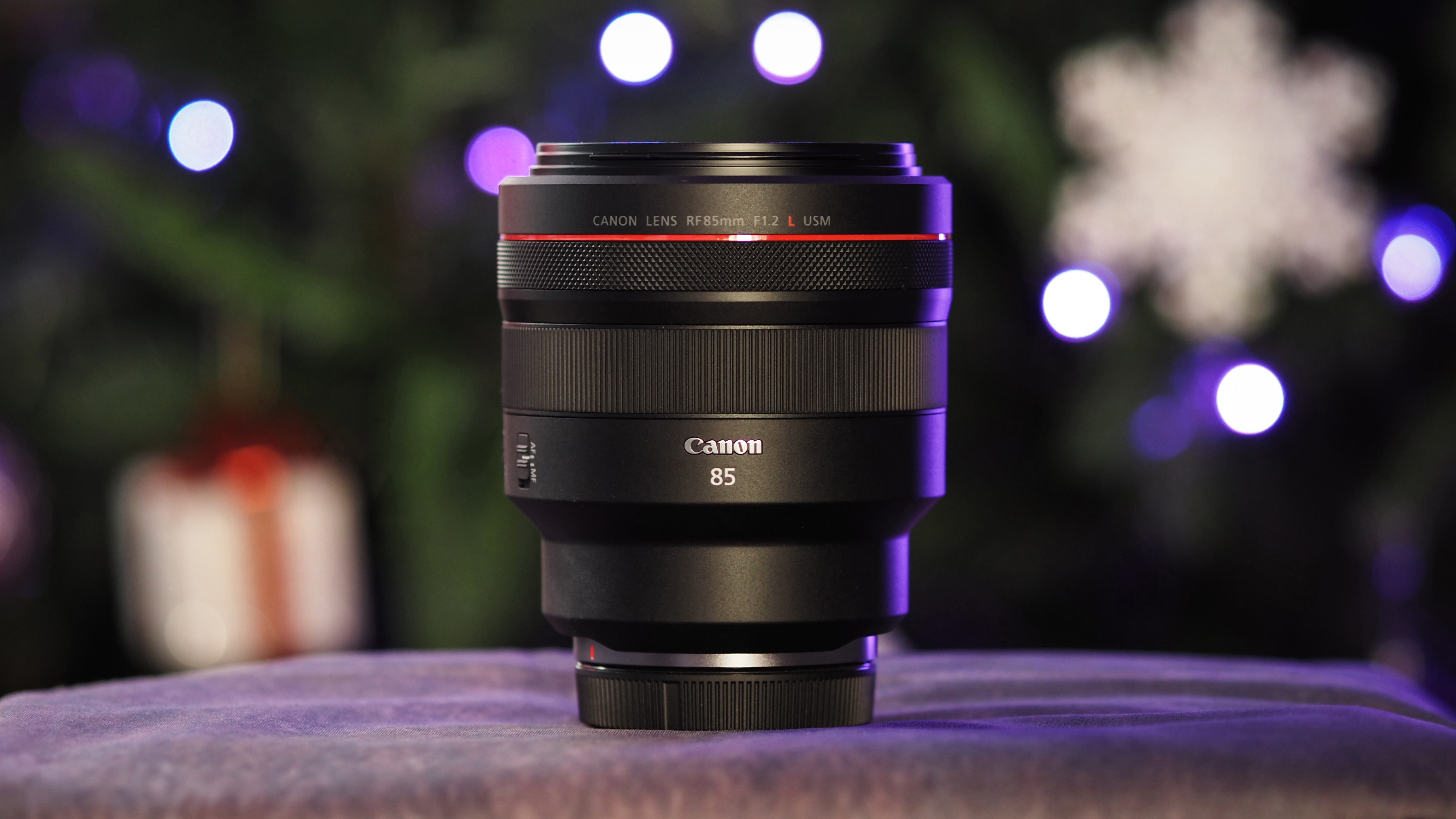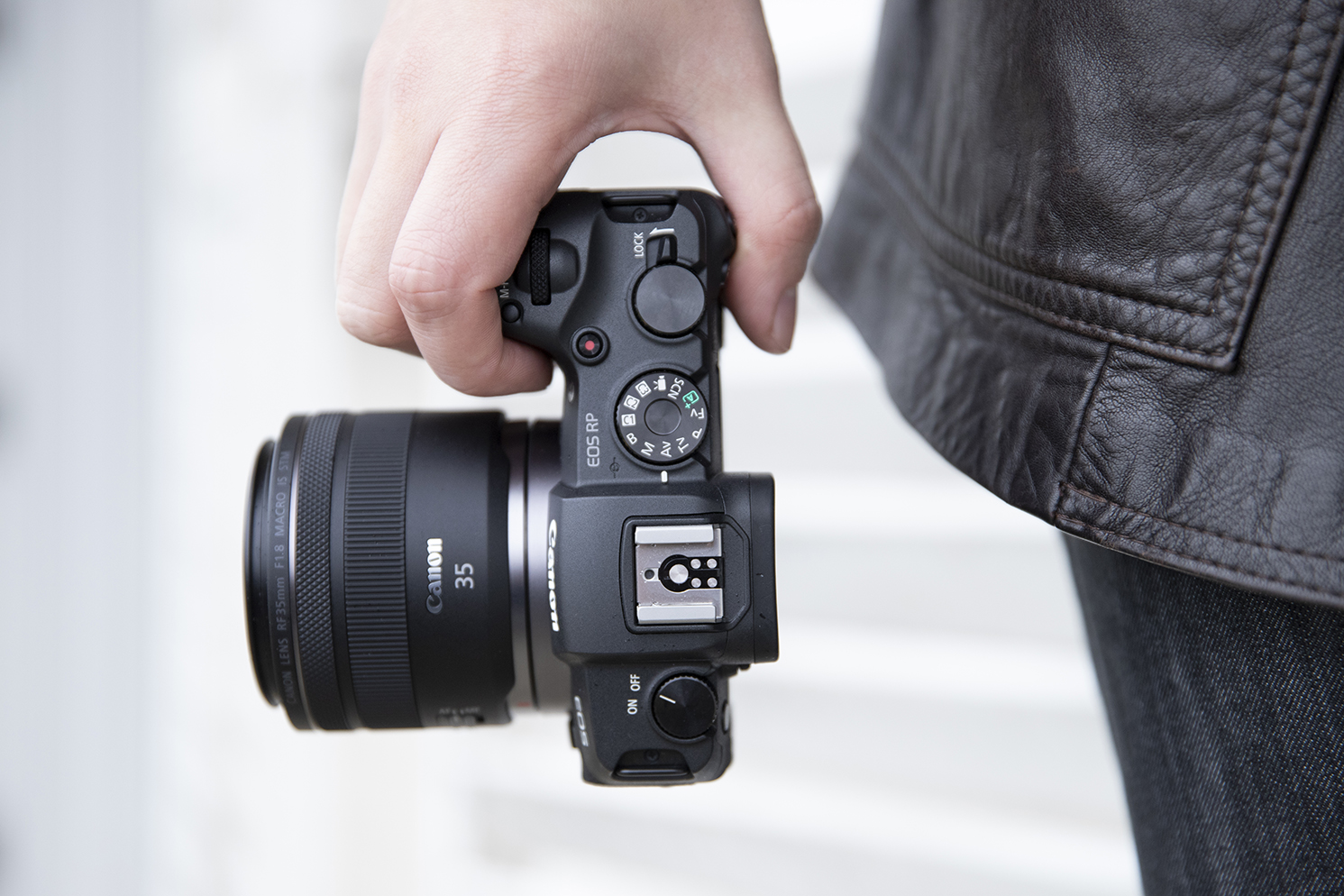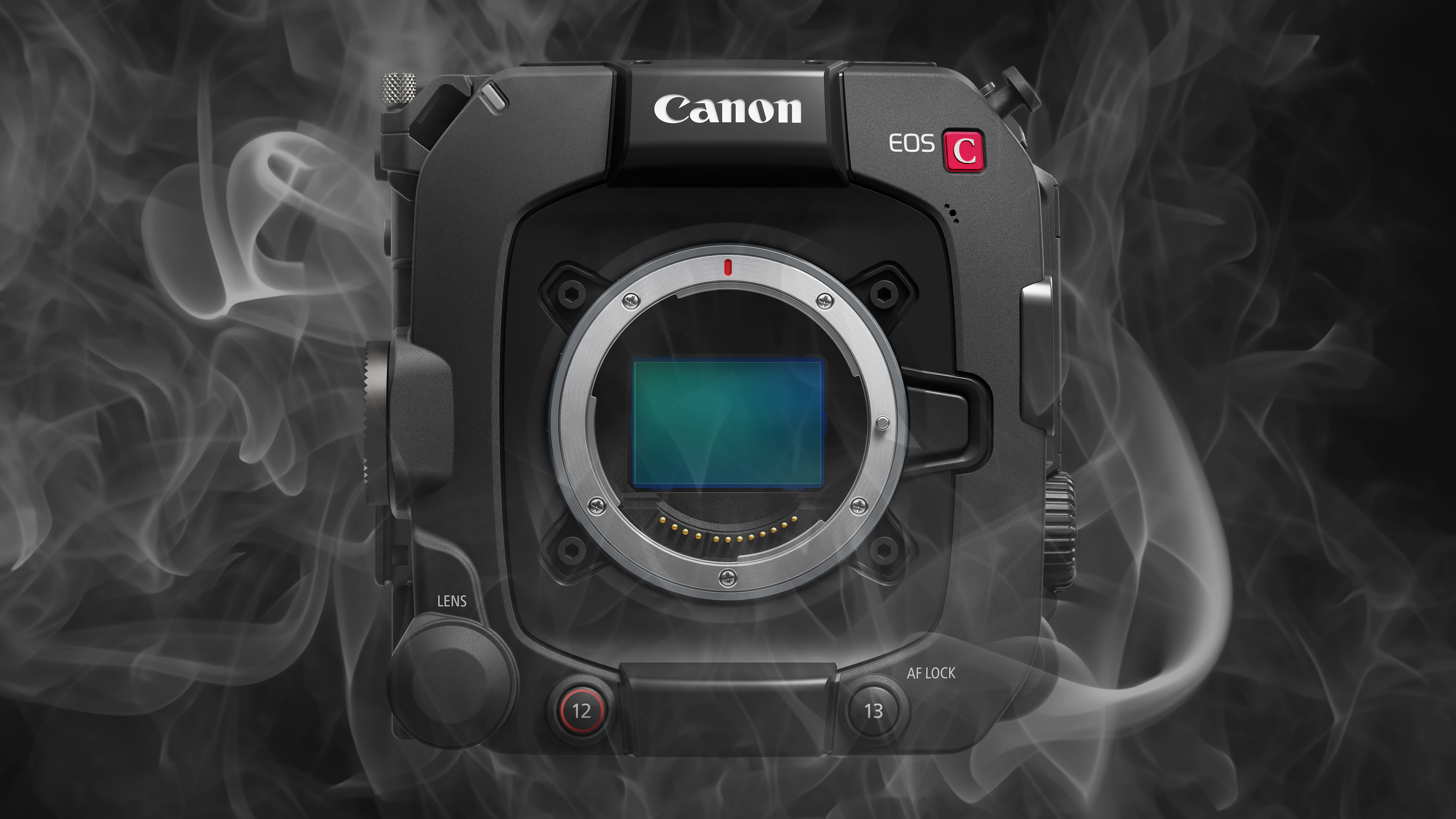The best lenses for the Canon EOS R6 and EOS R6 Mark II: make the most of your new Canon classic
I think the best lenses for the EOS R6 and R6 Mark II are those that reflect their strengths – speed, low light, sports and events
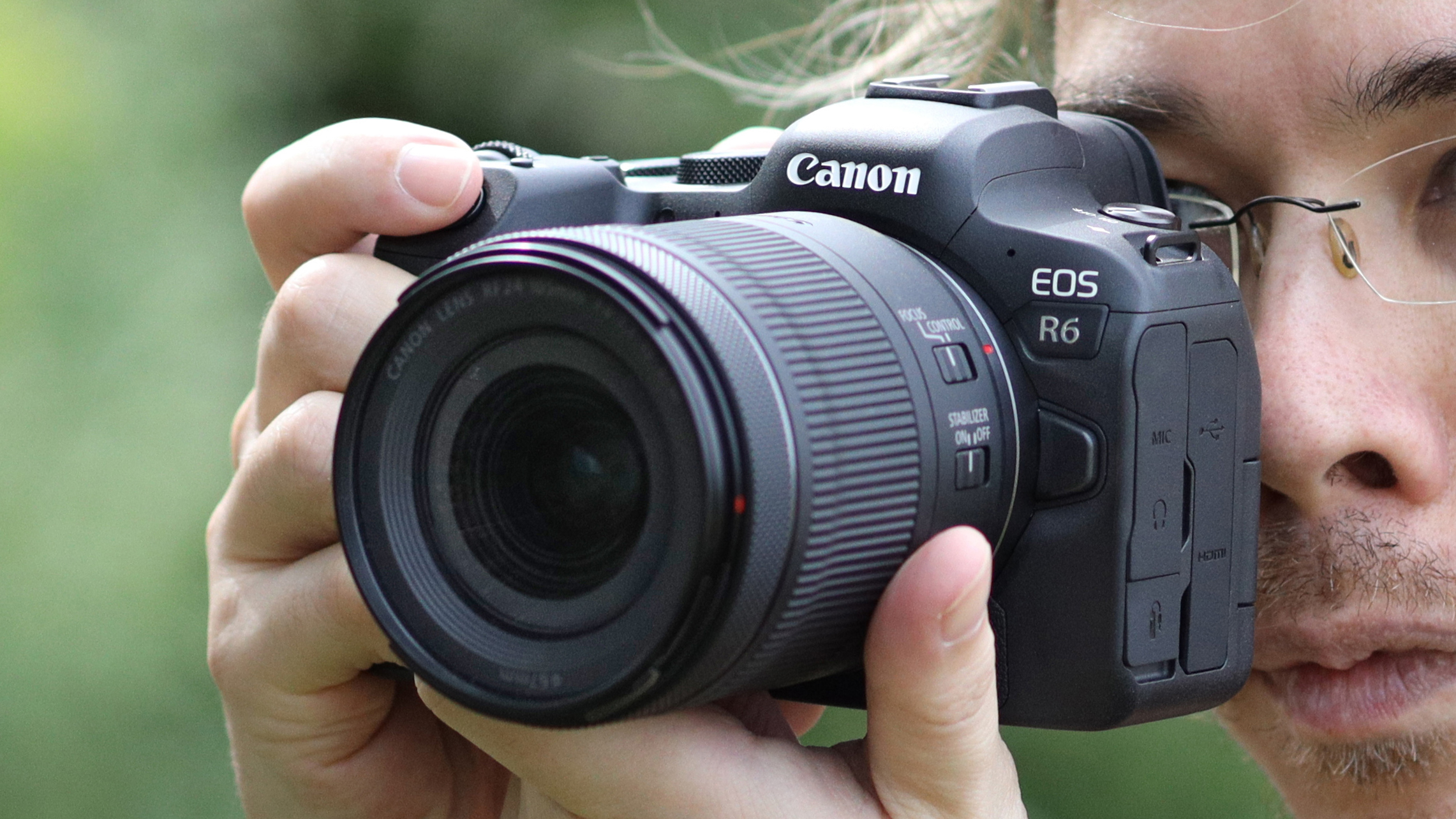
I'm convinced that choosing the best lenses for the Canon EOS R6 or the more recent Canon EOS R6 Mark II means weighing up the abilities of these two mirrorless cameras, and the kind of photographers and videographers they appeal to. Resolution nuts will bypass it completely in favor of the EOS R5, but the R6 cameras do have advantages of their own.
For a start, the resolutions are modest by today’s standards, especially amongst full-frame mirrorless cameras, but still perfectly adequate for sports and wildlife, wedding, social and event photography. The Canon EOS R6 has a resolution of 20MP, while the R6 Mark II has a 24MP sensor. You can see all the differences between the two in our R6 vs R6 Mark II guide.
The lower pixel count means improve burst speeds and buffer capacity for sports and wildlife, improved image quality at higher ISOs in indoor venues, night-time events, and other challenging situations – and let’s not forget that it’s a lot cheaper than the R5!
So here I’ve picked a selection of lenses that suit this camera and the things it’s good at doing. There's also a bigger list of the best Canon RF lenses, but my guide is more selective, and aimed at this particular model.

The editor of Digital Camera World, James has over 20 years’ experience as a journalist and started working in the photographic industry in 2014 (as an assistant to Damian McGillicuddy, who succeeded David Bailey as Principal Photographer for Olympus). He has a wealth of knowledge about cameras of all makes, but Canon is one of his preferred systems for everyday shooting, which means he’s always keen to try out new Canon lenses.
The Quick List

A 24-70mm zoom is a must-have for many photographers, and this option is sharp and snappy, with first-rate image quality. Read more below…

The R6 is great for fast-moving subjects like sports and wildlife, and this zoom is the perfect partner for getting closer to the action. Read more below…
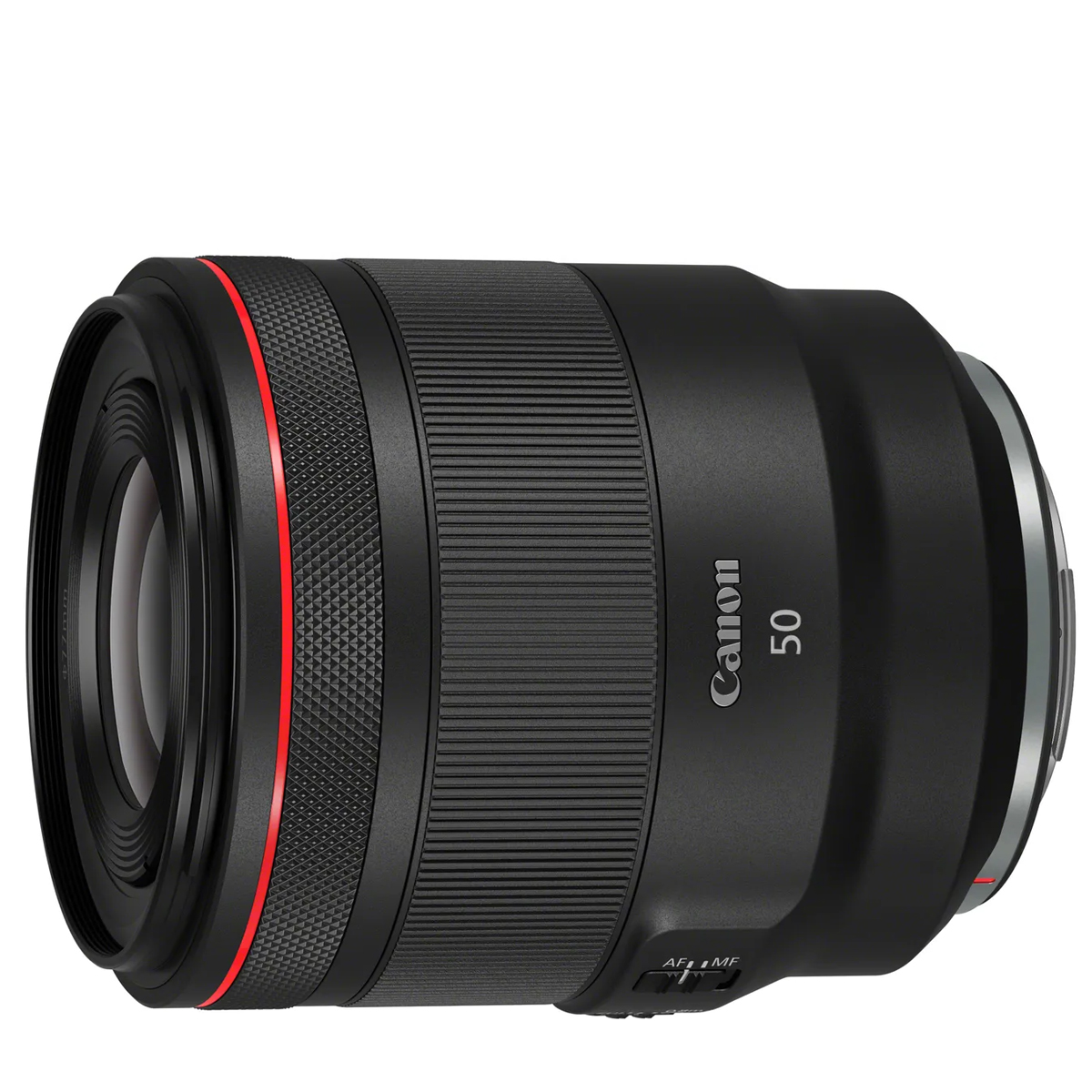
It’s big for a 50mm prime, and it packs some heft too – but once you see the quality of its images, all will be forgiven. Read more below…
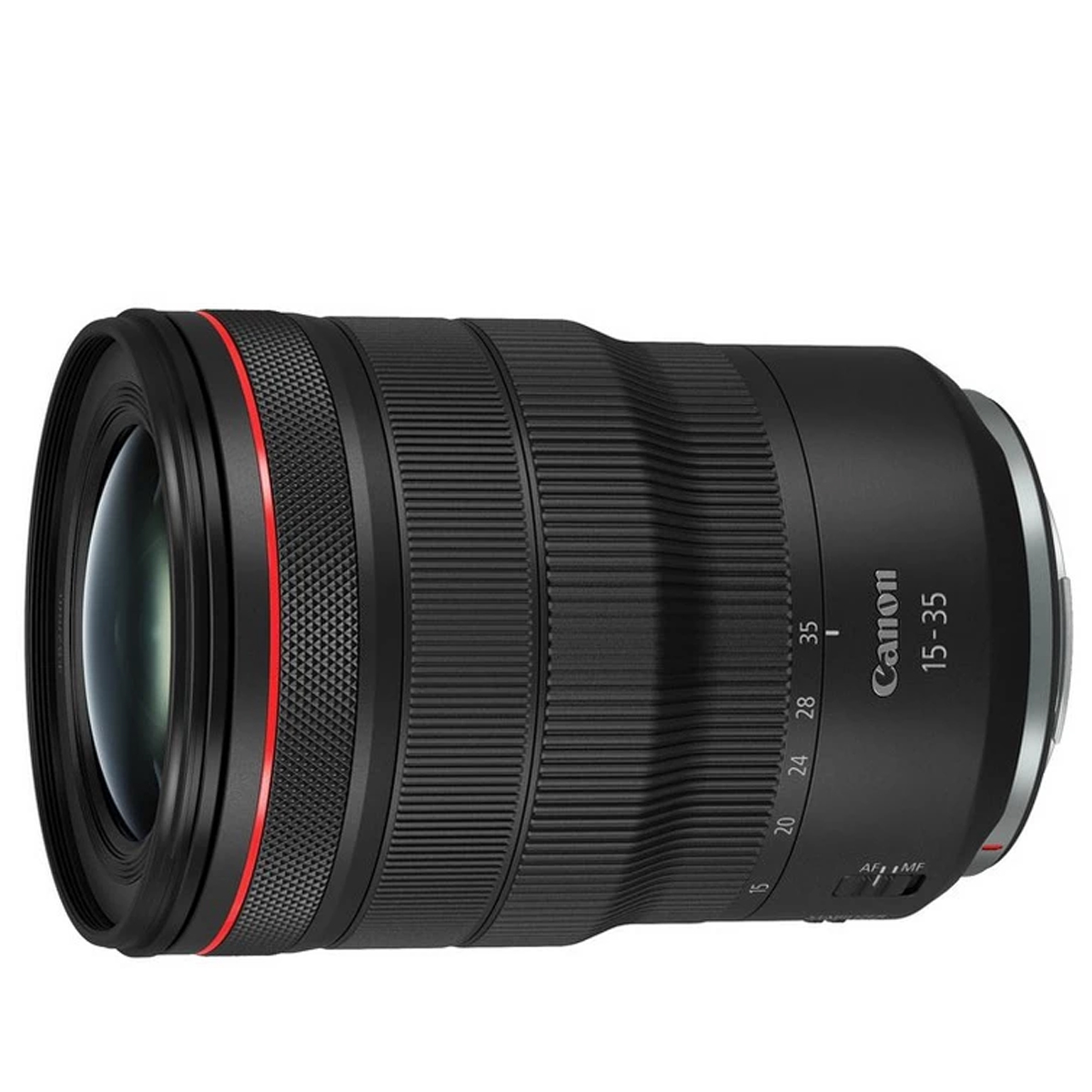
Tailor-made for landscapes and interiors, this ultra-wide zoom is a good choice for sport photography as well, thanks to speedy autofocus. Read more below…
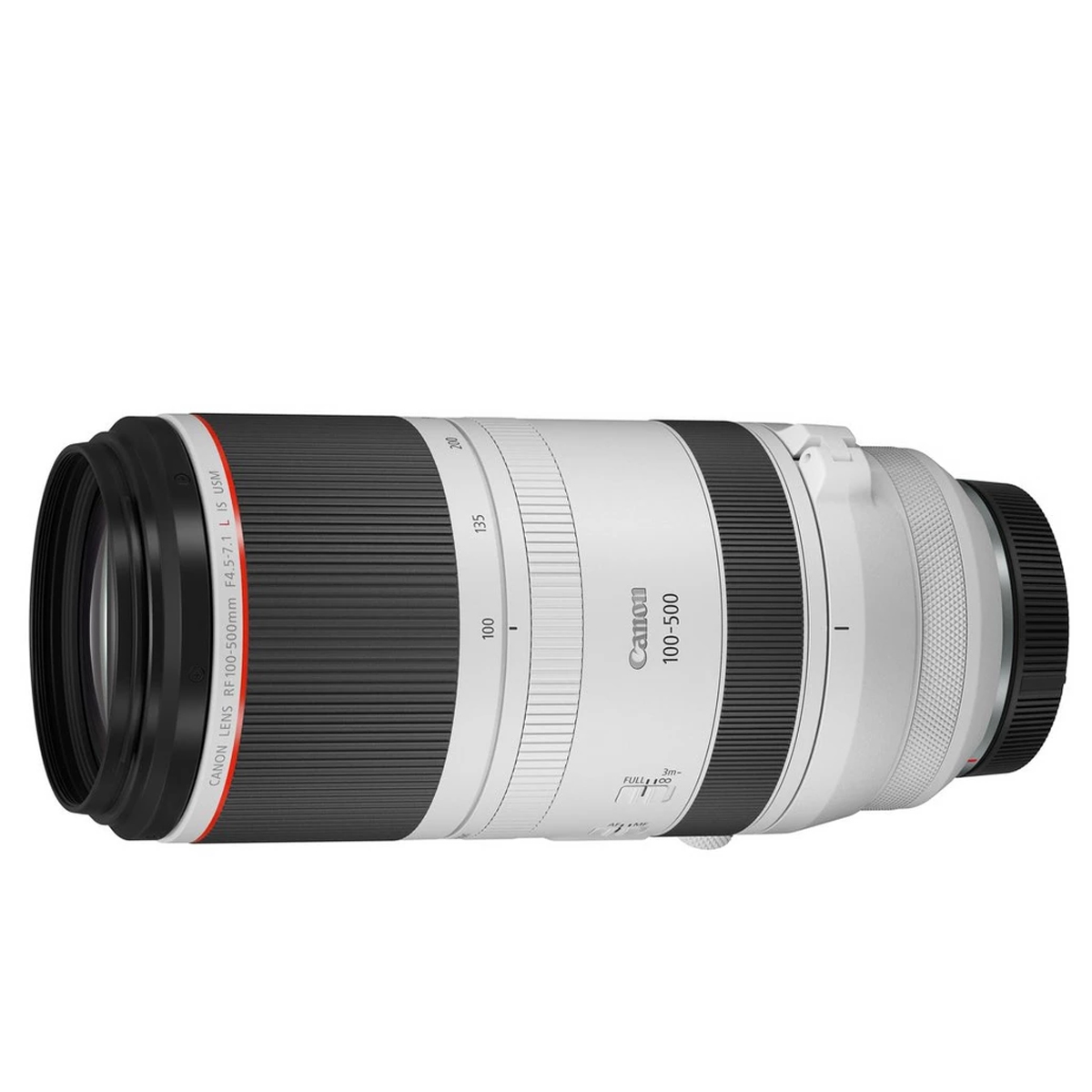
I love this zoom for sports and wildlife, where I need to shoot from a distance: it’s one of the best Canon zooms I’ve tried. Read more below…
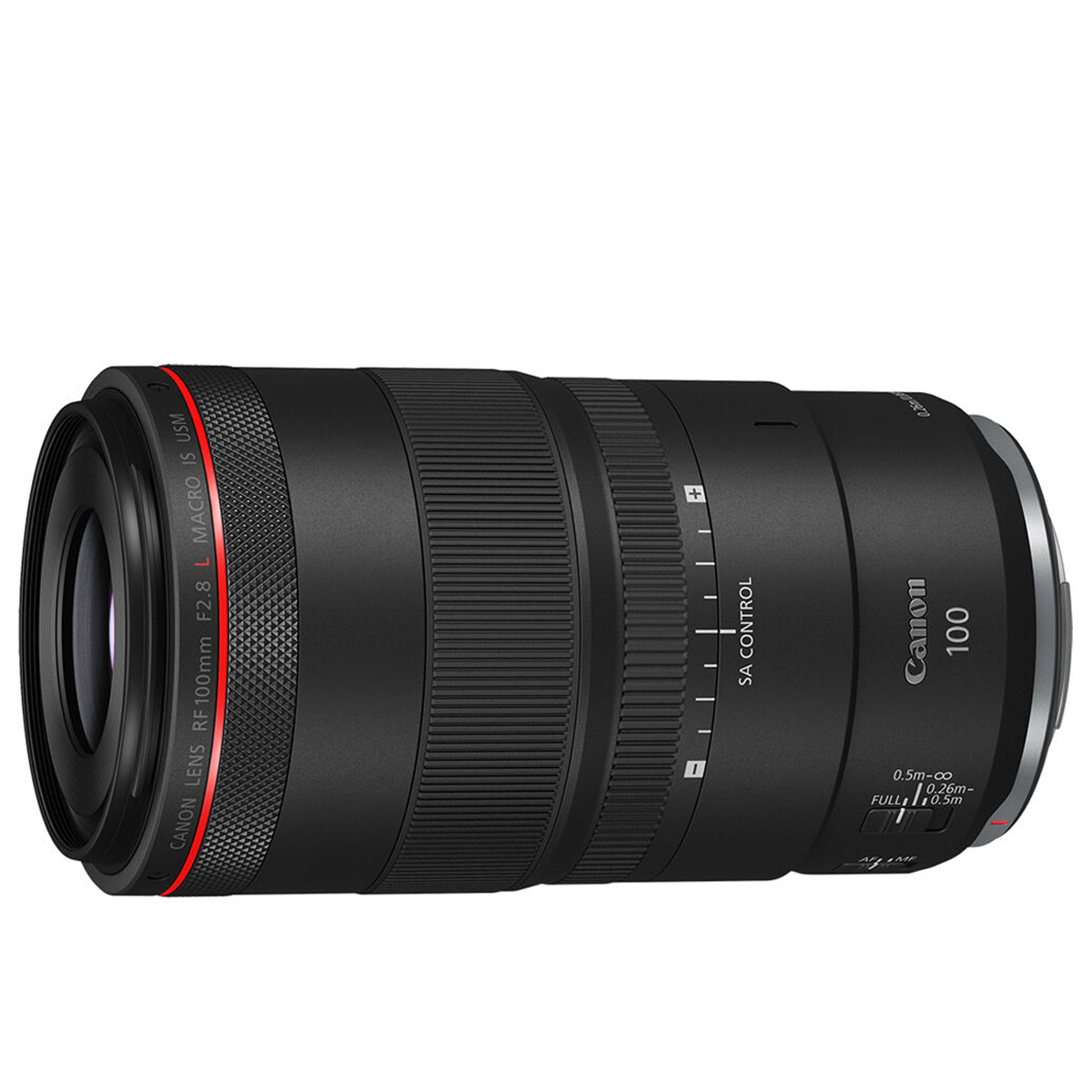
This is one of the best macro lenses I’ve used on any camera, with better than full-size magnification and gorgeous detail. Read more below…
View the full list ⤵

This is one of the best portrait lenses money can buy, with fantastic subject separation – but you’ll need some muscle to use it. Read more below…
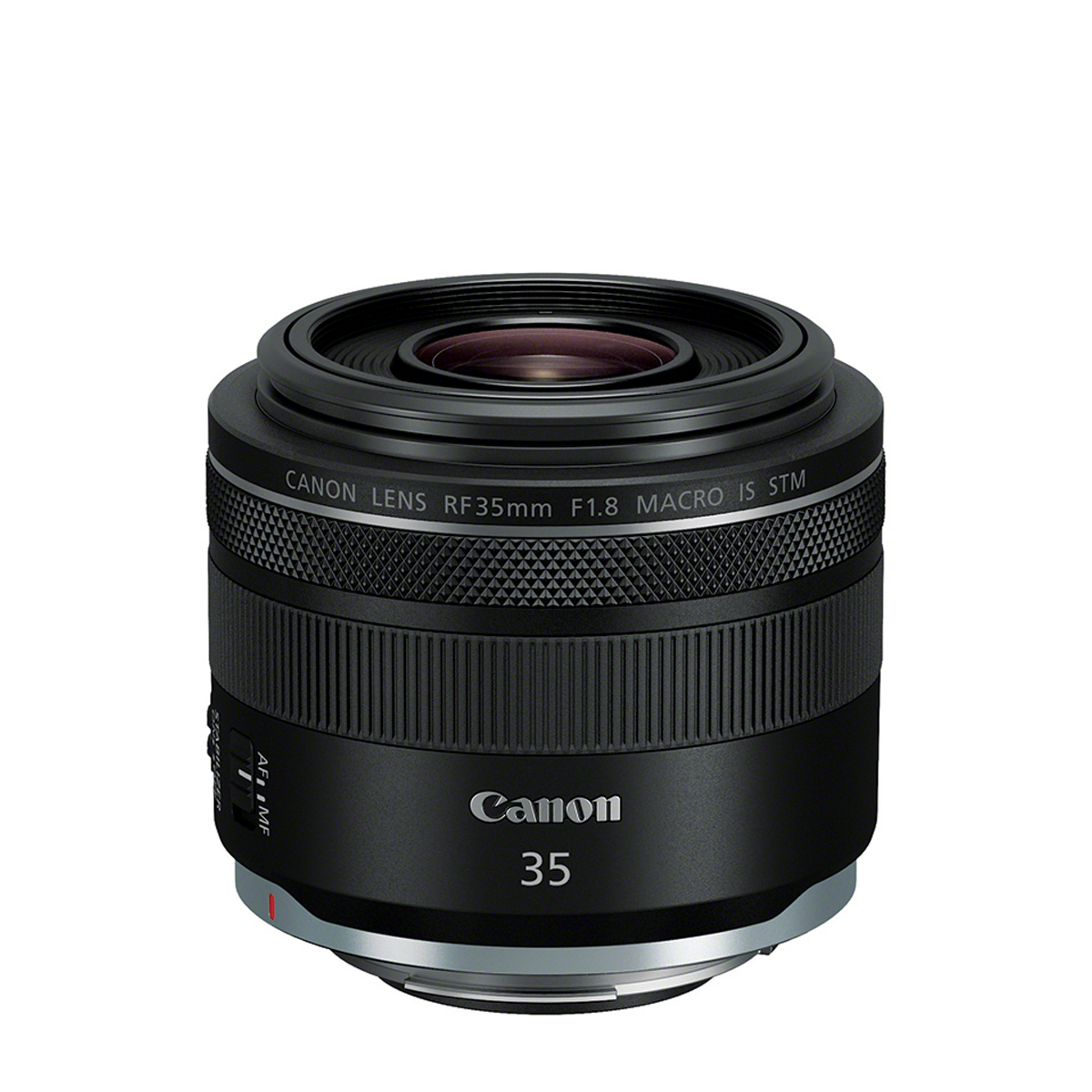
I love this prime lens in grab-and-go situations like street photography or events – and it’s got a macro option too. Read more below…
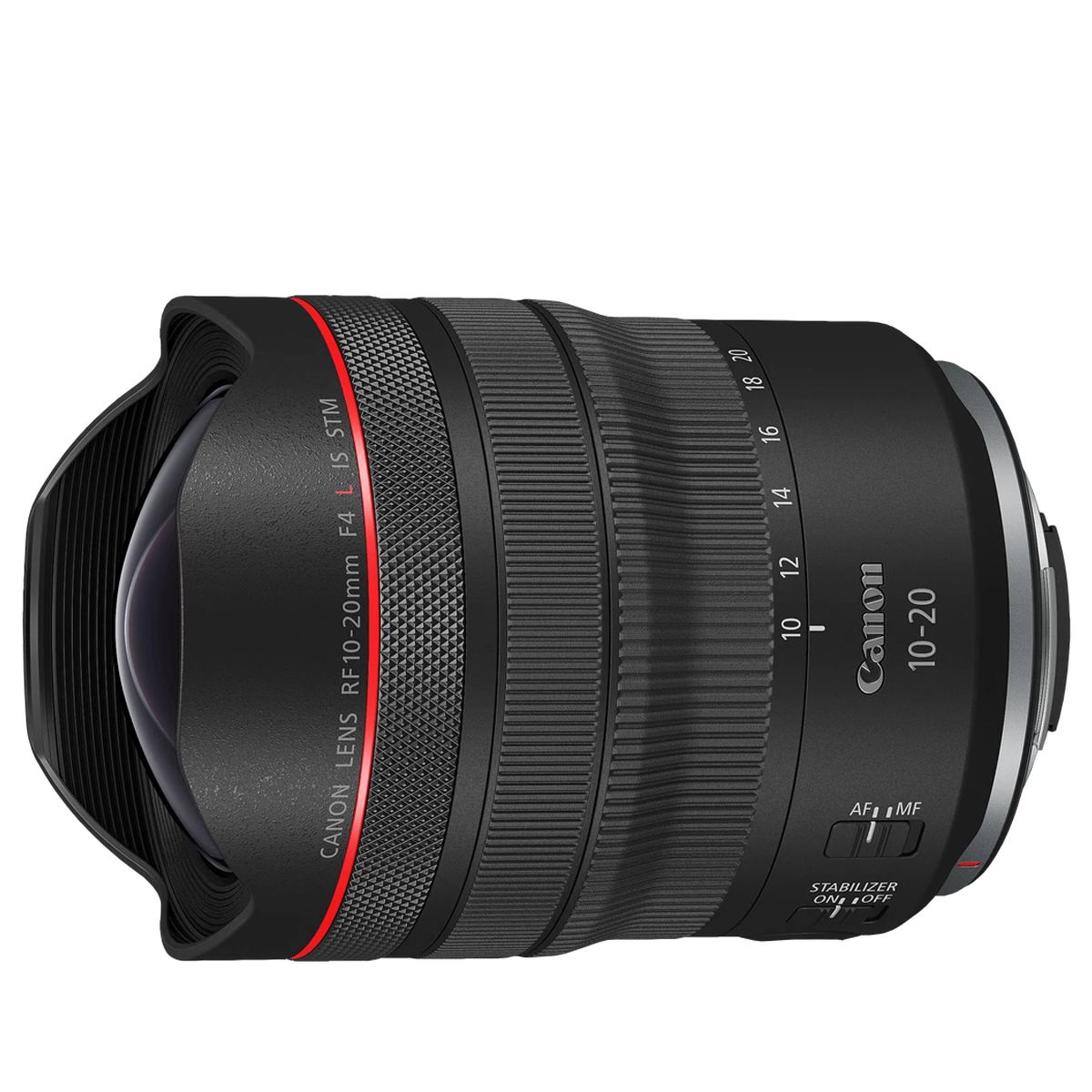
This ultra-wide zoom is just the job for high buildings and epic interiors, especially if shooting space is tight. Read more below…
Best lenses for the Canon R6 and R6 Mark II
Why you can trust Digital Camera World
Best everyday lens for the R6
Specifications
Reasons to buy
Reasons to avoid
The 24-70mm f/2.8 has become the standard 'pro' lens for every full-frame camera system, offering a constant maximum aperture and first-rate image quality. We'll admit it's not quite perfect with somewhat average edge sharpness, though this might be a lot less obvious on the 20MP EOS R6.
Otherwise, it’s snappy, it’s sharp, it’s stabilized and it even suppresses focus breathing, so this makes it an especially capable lens for videographers too. It also has image stabilization, and while this is perhaps less important with the R6, which has IBIS, every little helps, as they say.
The alternatives to this lens are the monster-sized Canon RF 28-70mm f/2L USM, but that lacks stabilization and only goes to a 28mm wide-angle view rather than 24mm. Or there's the Canon RF 24-105mm f/4L IS USM, but that's quite big too, and one f-stop slower.
Read more: Canon RF 24-70mm f/2.8L IS USM review
Best telephoto zoom for the R6
Specifications
Reasons to buy
Reasons to avoid
A 70-200mm f/2.8 is the third 'trinity' lens at the heart of most pro camera systems, especially a camera like the EOS R6, which is perfect for sports, wildlife, and event photography. And while Canon’s RF lenses are often criticized for feeling big and heavy on mirrorless bodies, this one remains reasonably slim and svelte. Compared with the latest EF 70-200mm f/2.8 IS lens for Canon's D-SLRs, it’s significantly smaller and only about two thirds of the weight – mostly because this RF edition has an extending inner barrel rather than a fixed physical length.
Autofocus is amazingly rapid, based on dual Nano USM actuators, and three switchable modes are on offer for static and panning shots, plus a third option that applies stabilization only during exposures. This makes it easier to track erratically moving objects in the viewfinder, or via the camera’s rear screen.
Read more: Canon RF 70-200mm f/2.8L IS USM review
Best 50mm lens for the R6
Specifications
Reasons to buy
Reasons to avoid
This lens is big, and this lens is heavy, but man is the quality worth it. This is one of the sharpest prime lenses money can buy, but you better have a lot of money as this lens is also eye-wateringly expensive.
The EF version of this Canon 50mm L series was the go-to prime lens for an entire generation of professional photographers due to its incredible optical rendering. The RF version has become a little more clinical, with incredible sharpness and clarity, but still keeps that beautiful background blur and subject isolation with its huge f/1.2 aperture. The 50mm focal length is also perfect for a range of subjects, as a versatile creative tool, this lens is almost unrivaled by any other Canon lens.
Read more: Canon RF 50mm f/1.2L USM review
Best ultra-wide zoom for the R6
Specifications
Reasons to buy
Reasons to avoid
The Canon RF 15-35mm f/2.8 is perfect for landscape, architectural and travel photography – as well as close-up sporting action, thanks to its super-fast Nano USM autofocus system. You can really exaggerate the perspective between background and foreground areas when shooting at the wide end of the zoom range, although it's worth noting corner sharpness does drop off a bit.
An ultra-wide zoom might not be an essential buy for all Canon EOS R6 owners, but this is the third and final part of the 'trinity' lenses that practically every pro will have on their list. The constant f/2.8 maximum with a 5-stop image stabilizer enables great handheld performance under low lighting conditions. Unlike with some ultra-wide-angle lenses, another bonus is that the hood is removable, so filters can be easily fitted via the 82mm attachment ring.
Read more: Canon RF 15-35mm f/2.8L IS USM review
Best super-telephoto lens for the R6
Specifications
Reasons to buy
Reasons to avoid
The Canon EOS R6 is perfectly equipped for sports and wildlife, with sophisticated AI subject recognition and a super-fast burst rate. But very often your subjects are some way off, and you need a more powerful telephoto. The Canon RF 100-500mm is a superb addition to the rapidly expanding range of RF-mount lenses for Canon's EOS R-series cameras.
It combines Canon's legendary L-series build quality with premium optical performance that's up there with the very best Canon zoom lenses we've tested. Its autofocus is also optimized to match the AF and in-body stabilization of the EOS R6, and while this is a big lens with a comparative mode f/4.5-7.1 aperture range, it does offer an impressive 5x zoom range for quickly adapting to different subject distances out in the field.
Read more: Canon RF 100-500mm f/4.5-7.1L IS USM review
Best macro lens for the R6
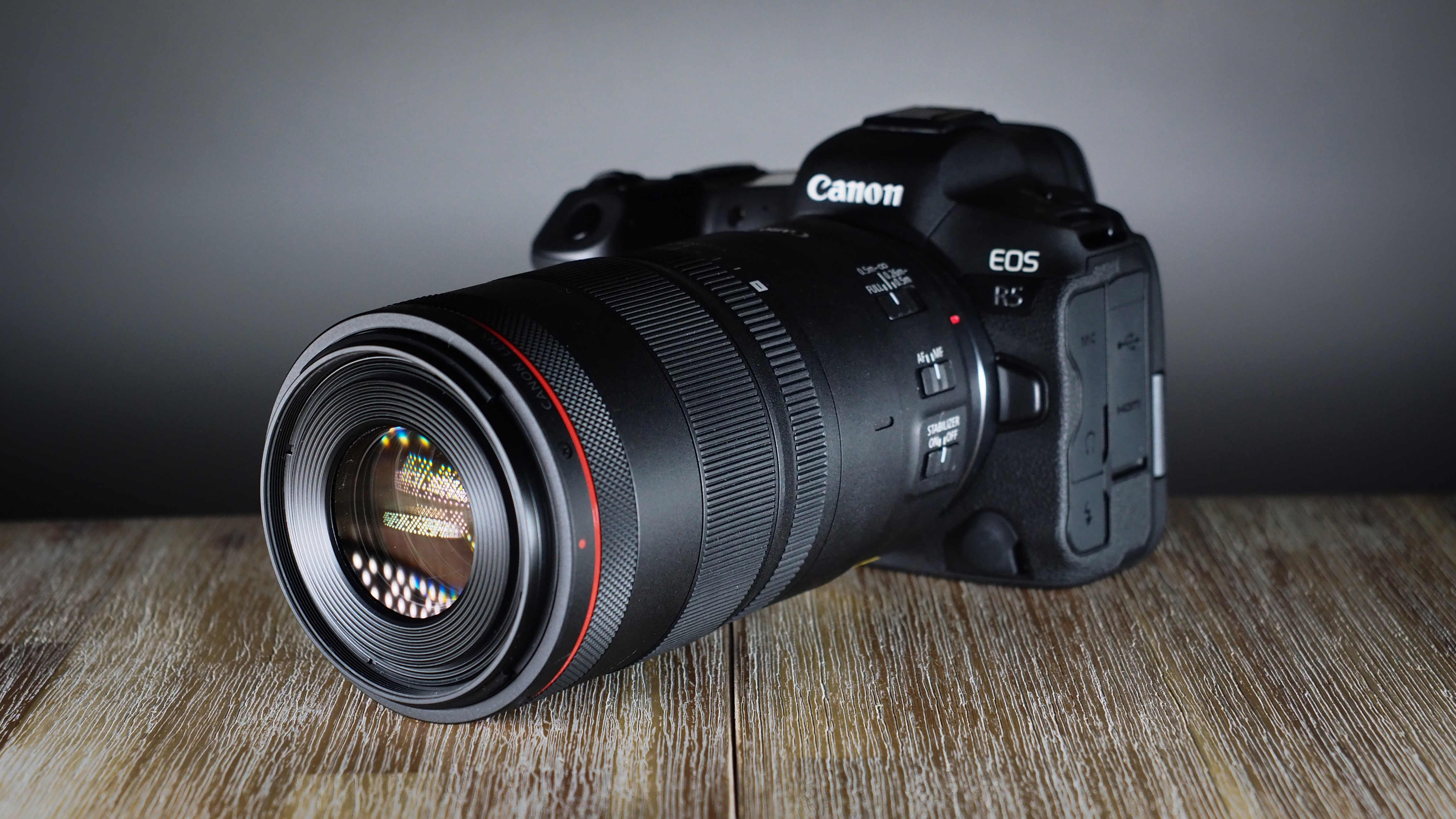
Specifications
Reasons to buy
Reasons to avoid
This is truly a unique macro lens, no matter what camera system you’re considering. It takes its heritage from the Canon EF 100mm f/2.8L Macro IS USM, but builds on it enormously for the RF range. Up to eight stops of hybrid image stabilization steady the frame, while a bright f/2.8 aperture lets light soak into the image sensor.
It has better magnification with a reproduction ratio of 1.4:1 (1:1 is required for genuine macro performance) which means more detail in macro subject capture. And there’s even a spherical aberration control ring on the lens to control a soft focus effect, adding flattering bokeh to images. It also doubles as a standard lens as it can focus to infinity.
Read more: Canon RF 100mm f/2.8 Macro IS USM review
Best portrait photography lens for the R6
Specifications
Reasons to buy
Reasons to avoid
Switching away from sports and wildlife for the moment and back to commercial and events photography, the EOS R6's other great strength, there's this – perhaps the best portrait lens in the world. It's the pièce de résistance of the Canon RF lenses and possibly one of the finest portrait lenses we've ever used. It's fiercely sharp, even when shooting at f/1.2, and when shooting wide open, it delivers sublime subject separation and a beautifully blurred background.
However, it's a beast of a lens weighing almost 1.2kg with dimensions of 103.2x117.3mm. As it's so heavy it's especially well suited to the Canon EOS R6 as it has in-body stabilization which will help to steady the setup while you're shooting. It's also probably not the best lens to invest in if you plan on taking it traveling or hiking as it's bound to weigh you down.
Chances are if you're a pro you could justify the cost of this lens but if not, the Canon RF 85mm f/2 will still deliver beautiful images only at a fraction of the weight and price and has a handy 'macro' capability too.
Read more: Canon RF 85mm f/1.2L USM review
Best street photography lens for the R6
Specifications
Reasons to buy
Reasons to avoid
The 35mm focal length has long been associated with street photography, but we reckon this great little prime lens would be equally useful for wedding, social or event photography, as a quick grab-and-go lens, maybe on a second body. The semi-wide 35mm focal length is versatile, the f/1.8 maximum aperture will give you decent shutter speeds in low light and good background blur, and while the macro facility only offers 0.5x magnification rather than true 1x macro, it still gets you close enough for frame-filling shots of the rings, wedding invites, cake decorations and all the other atmospheric details of social events.
It’s wonderfully compact and lightweight, as well as only costing about a fifth of the price of Canon’s bulky f/1.2 lenses. Indeed, the relatively small and inexpensive build enabled by the more modest aperture rating makes you wonder why Canon hasn’t made more f/1.8 RF primes yet.
Read more: Canon 35mm f/1.8 IS Macro STM review
Best architectural photography lens for the R6
Specifications
Reasons to buy
Reasons to avoid
Until now the widest RF-mount lens you could buy was the RF 15-35mm f/4L IS USM, but now Canon has really upped the ante with this 10-20mm offering. It provides much-improved potential for landscape and architectural shots, especially for interiors when you’re cramped for space.
The optical image stabilizer is a nice bonus when capturing night-time cityscapes without a tripod, while the really short minimum focus distance is ideal for giving a fresh perspective to close-ups. Our only gripes are, like many ultra-wide-angle lenses, the hood isn’t removable, which is a potential issue if you want to use filters.
Read more: Canon RF 10-20mm f/4L IS STM review
Lab data and comparisons
The graphs below show the comparative performance of the lenses in this guide, based on our in-house lab tests. Levels of sharpness are very good for all of these lenses, and there’s fairly little color fringing. As with many lenses designed for mirrorless cameras, the RF 10-20mm relies heavily on in-camera correction for distortion.
Scores for sharpness and color fringing are averaged from data taken across the entire image frame, from the center to the edges and corners, throughout the aperture range. For zoom lenses, the scores are also averaged from data measured at all marked focal lengths, and the same applies to distortion. Bear in mind that these average values don't fully reflect specific areas of performance. For example, a zoom lens might have noticeable barrel and pincushion distortion at its shortest and longest focal lengths respectively, which tends to average out when looking at the data overall. For more detailed graphs of each lens's performance, which give the full picture, check out the graphs in our full standalone lens reviews.
How to choose the best lens for the Canon EOS R6
Do all Canon lenses fit the EOS R6?
The R6 uses the Canon RF mount, which means it works with all RF and RF-S lenses. RF lenses are designed for use with full-frame Canon camera such as the R6, and there are lots to choose from. RF-S lenses are made with APS-C Canon cameras such as the R10 in mind: on the R6, they produce a cropped image compared with an RF lens at the same focal length.
The R6 can also use Canon's older EF and EF-S lenses for DLSRs, but you have to buy a Canon EF-EOS R Mount Adapter to fit the lenses.
The R6 can’t use EF-M lenses, which are made for the Canon EOS M series of cameras. No adaptor has been released for EF-M lenses.
How do I know which lens to get for my R6?
The reason there are so many types of lens in the first place is that different scenes demand different lens designs, particularly when it comes to focal length and aperture rating.
Usually, you will decide what you want to photograph, then get a lens with the focal length that suits the situation. For example, to shoot landscapes you will need a wide-angle lens, while for sports and wildlife you will need a telephoto.
You can watch this video that explains focal length: it helps you work out what kind of lenses you need for different genres of photography.
How we test lenses
The lens experts in our testing lab run a range of tests under controlled conditions, using the Imatest Master testing suite. Photos of test charts are taken across the range of apertures and zooms (where available), then analyzed for sharpness, distortion and chromatic aberrations.
We use Imatest SFR (spatial frequency response) charts and analysis software to plot lens resolution at the centre of the image frame, corners and mid-point distances, across the range of aperture settings and, with zoom lenses, at four different focal lengths.
There's more to it than just the technical side, though! Beyond the lab, our reviewers test lenses in real-world environments – and sometimes on professional shoots! We work with lenses both indoors and outdoors, in studio conditions and in natural light, with as many different subjects as is possible (or appropriate – there's no point testing a landscape lens' ability to shoot a portrait!).
We take into account everything from handling and ease of use to speed of autofocus and the overall quality of the images produced.
Find out more about how we test and review on Digital Camera World
The best camera deals, reviews, product advice, and unmissable photography news, direct to your inbox!

James has 25 years experience as a journalist, serving as the head of Digital Camera World for 7 of them. He started working in the photography industry in 2014, product testing and shooting ad campaigns for Olympus, as well as clients like Aston Martin Racing, Elinchrom and L'Oréal. An Olympus / OM System, Canon and Hasselblad shooter, he has a wealth of knowledge on cameras of all makes – and he loves instant cameras, too.
- Rod LawtonContributor
